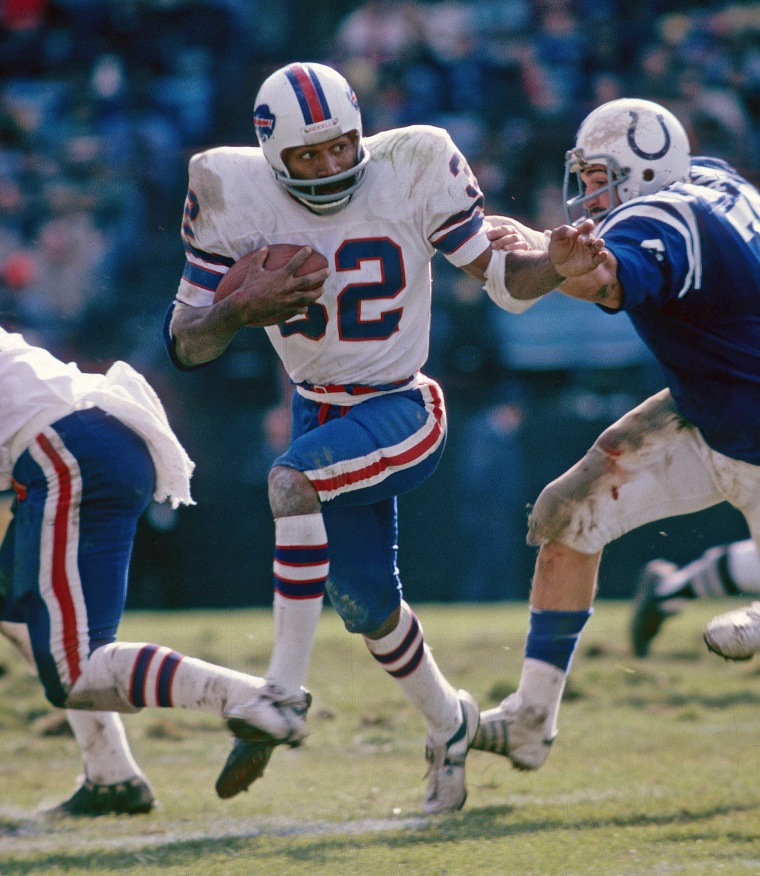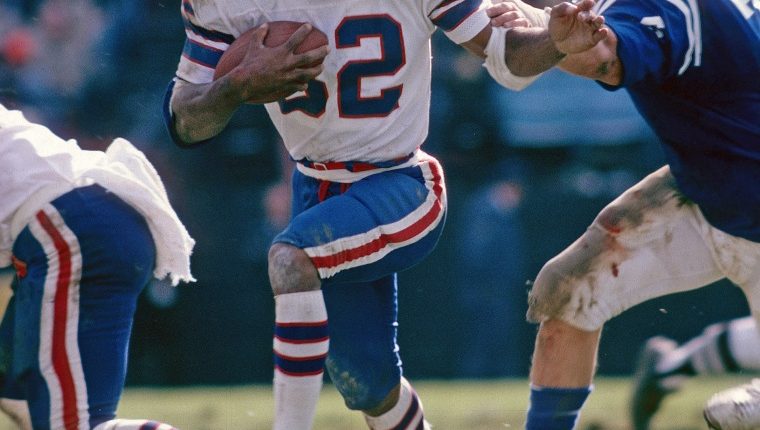“White people were like ‘guilty guilty guilty’ — there were families that broke up, and family members who would not speak to each other over the O.J. Simpson case,” Cannick said. “It was as vicious as the Trump situation. People just felt so strongly one way or the other.”
With the trial’s every detail broadcast in wall-to-wall coverage on cable news — a pure anomaly at the time — Simpson’s downfall symbolized something deeper to many Black people, particularly with the 1992 L.A. riots still fresh in their minds.
“The African American community has accepted him not as an athlete or a hero, but as someone in the criminal justice system who, like them, would have been railroaded, they would say, if he had not had a Johnnie Cochran there to rescue him,” said Charles Ogletree Jr., a Harvard Law School professor who told PBS’s “Frontline” in 2005 that as Simpson became more successful, he seemed to become increasingly disjointed from Blackness. (Cochran was a key member of Simpson’s legal defense team.)
“O.J. Simpson was raceless,” said Ogletree who founded Harvard’s Charles Hamilton Houston Institute for Race and Justice and died last year. “He was not a person who spent time in African American communities. He was not a person who was deeply committed to African American values.”
Simpson, who died Wednesday at 76 from cancer, came from humble beginnings, raised in housing projects in San Francisco. He played football for the City College of San Francisco before transferring to the University of Southern California, where he was part of the 1967 national championship team. The next year he won the Heisman Trophy and was the No. 1 overall pick for the Buffalo Bills in 1969. He played in the NFL for 11 seasons and, over those years, his charm and good looks threw him further into the spotlight.

His rise on the field came as American culture was shifting, following the intense peak of the civil rights era.
“He wasn’t just a household name to sports fans, but he became a household name to all of America,” said Shamar Woods, a professor at the University of Arizona, who teaches sports journalism. “He was a real celebrity. We talk about influencers in this day and age, but you might say he was one of the original influencers.”
Soon enough, he became the face of major brands like Hertz, Chevrolet and TreeSweet Orange Juice in a steady stream of commercials, ensuring his wealth and fame. Eventually, that charm led him to television and movies.
“Add in the fact that he was Black, in the late 1960s — seeing a Black face in these prominent positions,” Woods said. “Certainly the Black community looked up to him and revered him as a figure that people wanted to watch. You just didn’t see that many Black people in these positions.”
To many Black people, Simpson embodied the American dream. Conversely, however, it was becoming clear that O.J. was not exactly keeping his roots in mind during his ascent.
It emerged that he would tell close friends, “I’m not Black, I’m O.J.” — an apparent recognition that he understood how his fame seemed to transcend his race in the eyes of white fans.
“Especially as a Black athlete at that time, it’s hard not to get caught up in this lifestyle and forget where he came from and forget his roots, and forget about the people who truly cared for him as a person, and not about his ability to carry a football or act in a movie,” Woods said. “Different people viewed him differently.”
By the time Simpson was pursued by LAPD in a slow-speed chase on a Southern California freeway in 1994, Los Angeles was already on a low boil of deep-seated racial tensions and Black animosity toward police.
Source: | This article originally belongs to Nbcnews.com








